Earth’s inner core lies 3,220 miles deep. Scientists discovered it in 1936 through seismic wave analysis.
The core measures about 760 miles in diameter. It reaches temperatures of 9,800 degrees Fahrenheit, rivaling the sun’s surface.
Rotation Debate Spans Decades
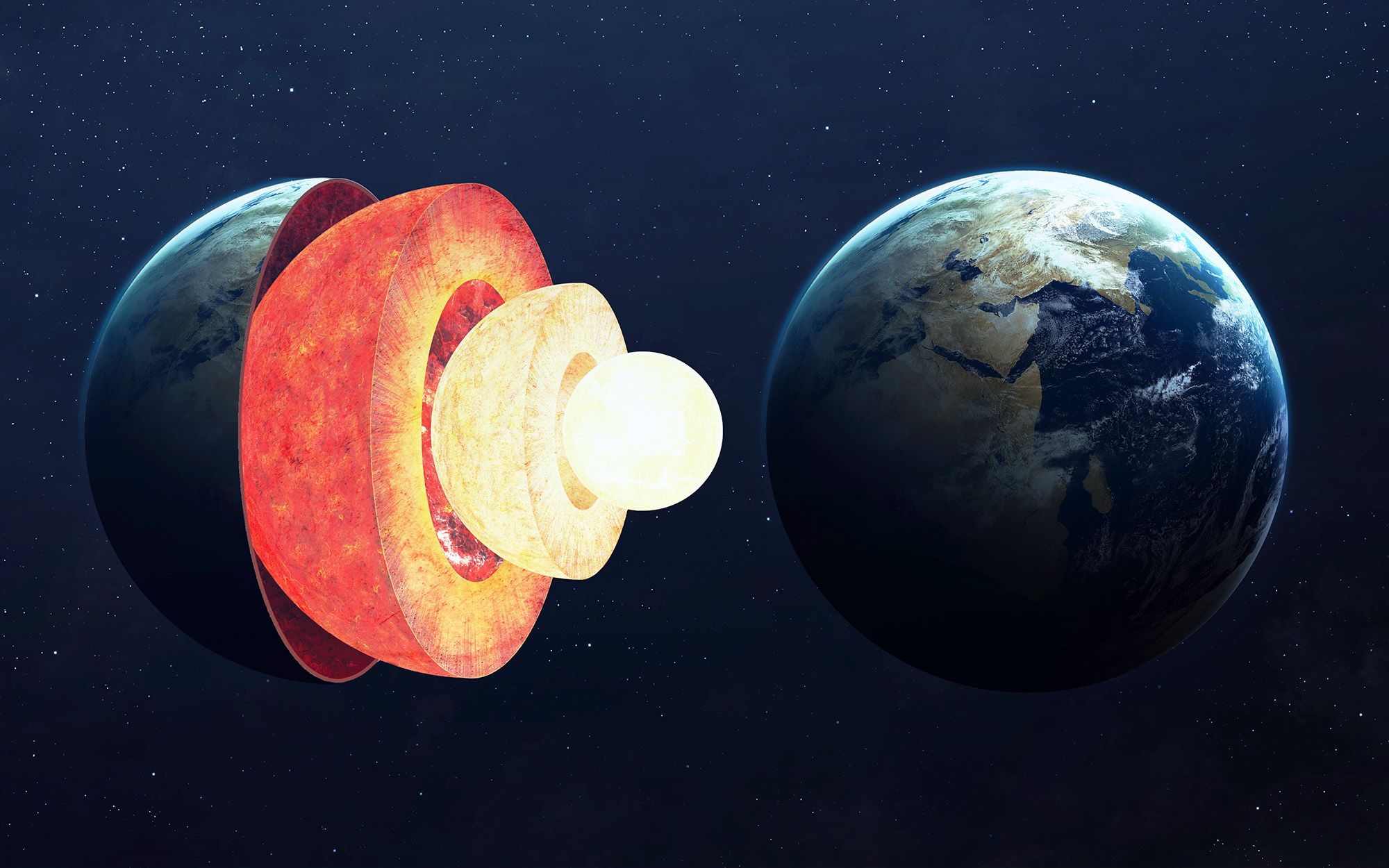
Researchers first proposed differential core rotation in the 1970s. Seismological evidence emerged in the 1990s, sparking intense debate.
Studies disagreed on rotation rate and direction relative to the mantle. Some even suggested the core didn’t rotate at all.
New Study Confirms Core Slowdown
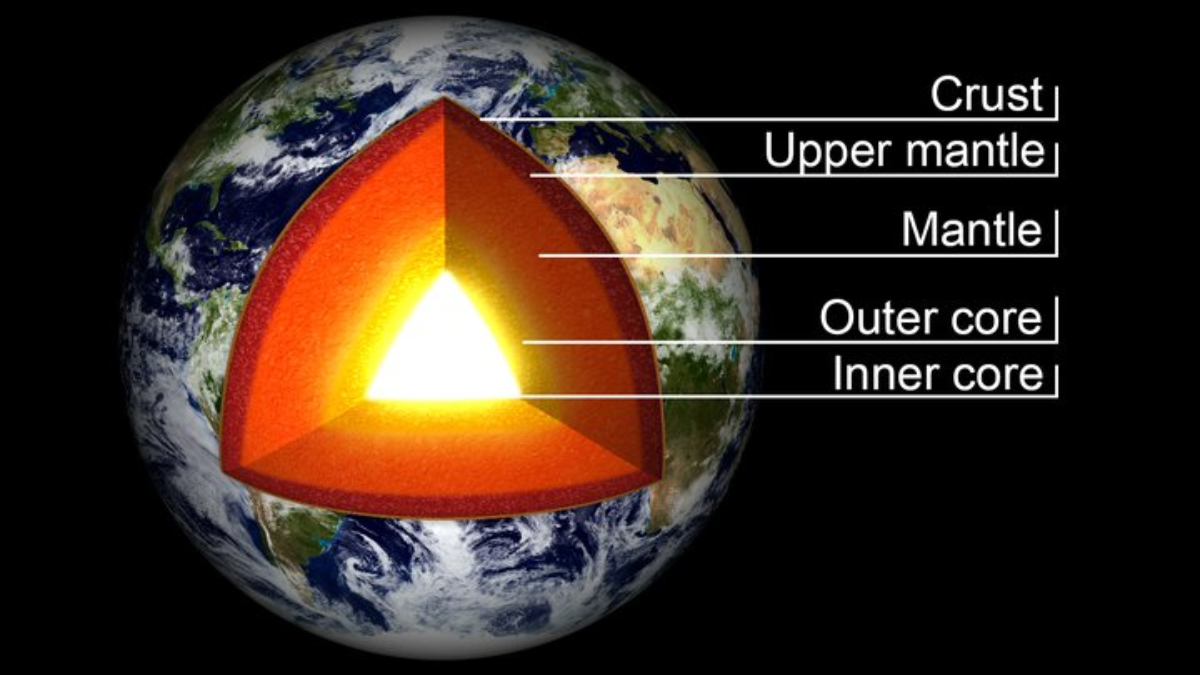
A 2023 study proposed a 70-year rotation cycle for the core. The June 2024 Nature study analyzed 121 earthquakes from 1991-2023.
It also examined Soviet nuclear test data from 1971-1974. This research confirmed the core’s slowdown and cyclical pattern.
Seismic Waves Reveal Core Secrets

Scientists use P-waves and S-waves to study Earth’s interior. S-waves don’t pass through liquids, helping identify the molten outer core.
P-waves create a “shadow zone” when passing through the core. Inge Lehmann used this phenomenon to discover the inner core in 1936.
Magnetic Field: Earth’s Vital Shield

Earth’s magnetic field protects us from solar radiation. The outer core’s fluid motion generates this field.
The inner core’s rotation may influence field strength. A slower core could potentially weaken our magnetic shield.
Core-Mantle Interaction Affects Rotation
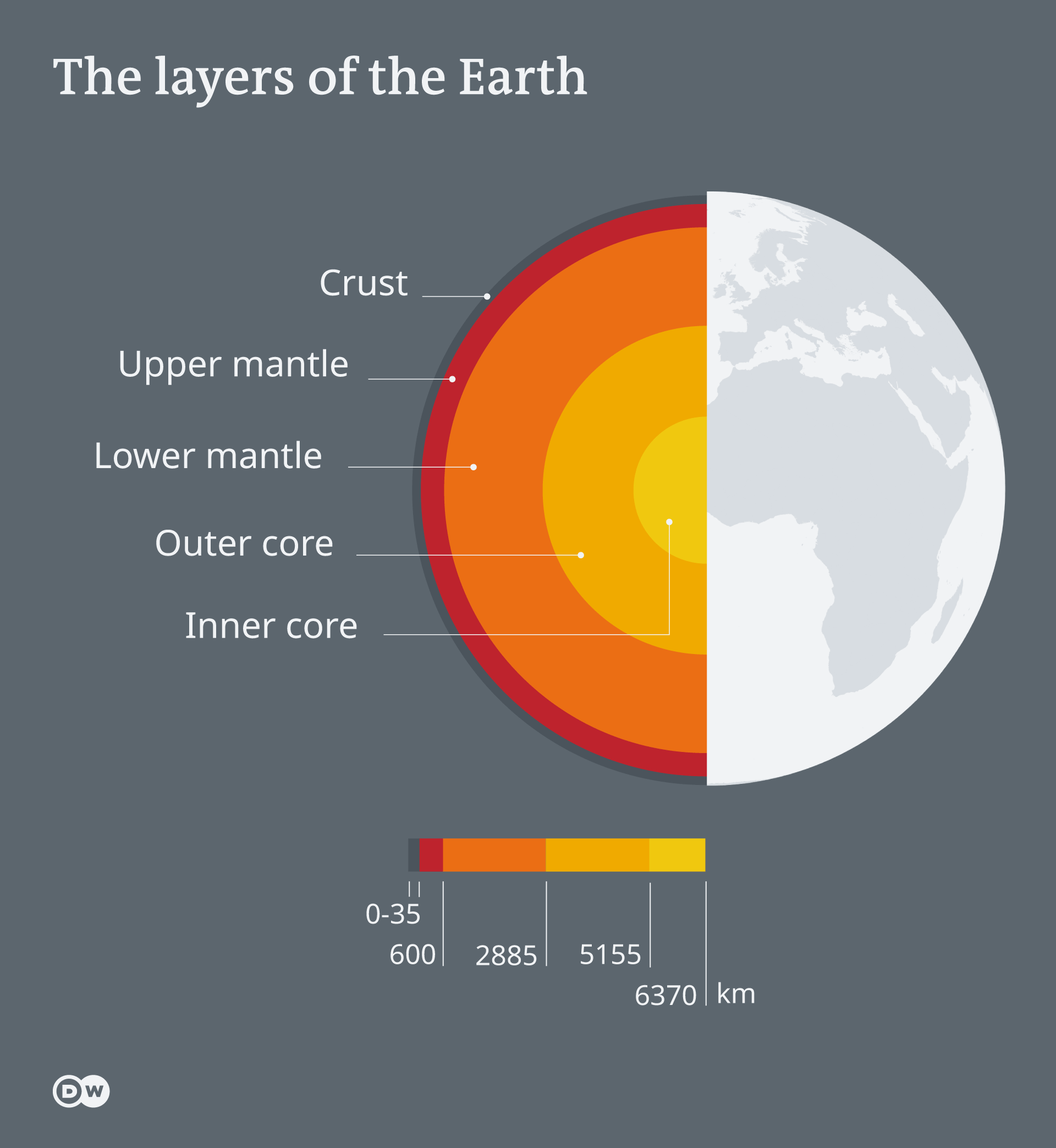
Earth’s magnetic field pulls on the inner core. Gravity and fluid flow in the outer core and mantle create drag.
These forces cause variations in core rotation speed. The complex interplay occurs over decades.
Cycle Predicts Future Core Acceleration

The 70-year rotation cycle shows predictable patterns. Core rotation slowed around 2008 and reversed by 2023.
Scientists expect it to speed up again soon. This acceleration may begin within 5-10 years.
Core Composition Remains Mysterious
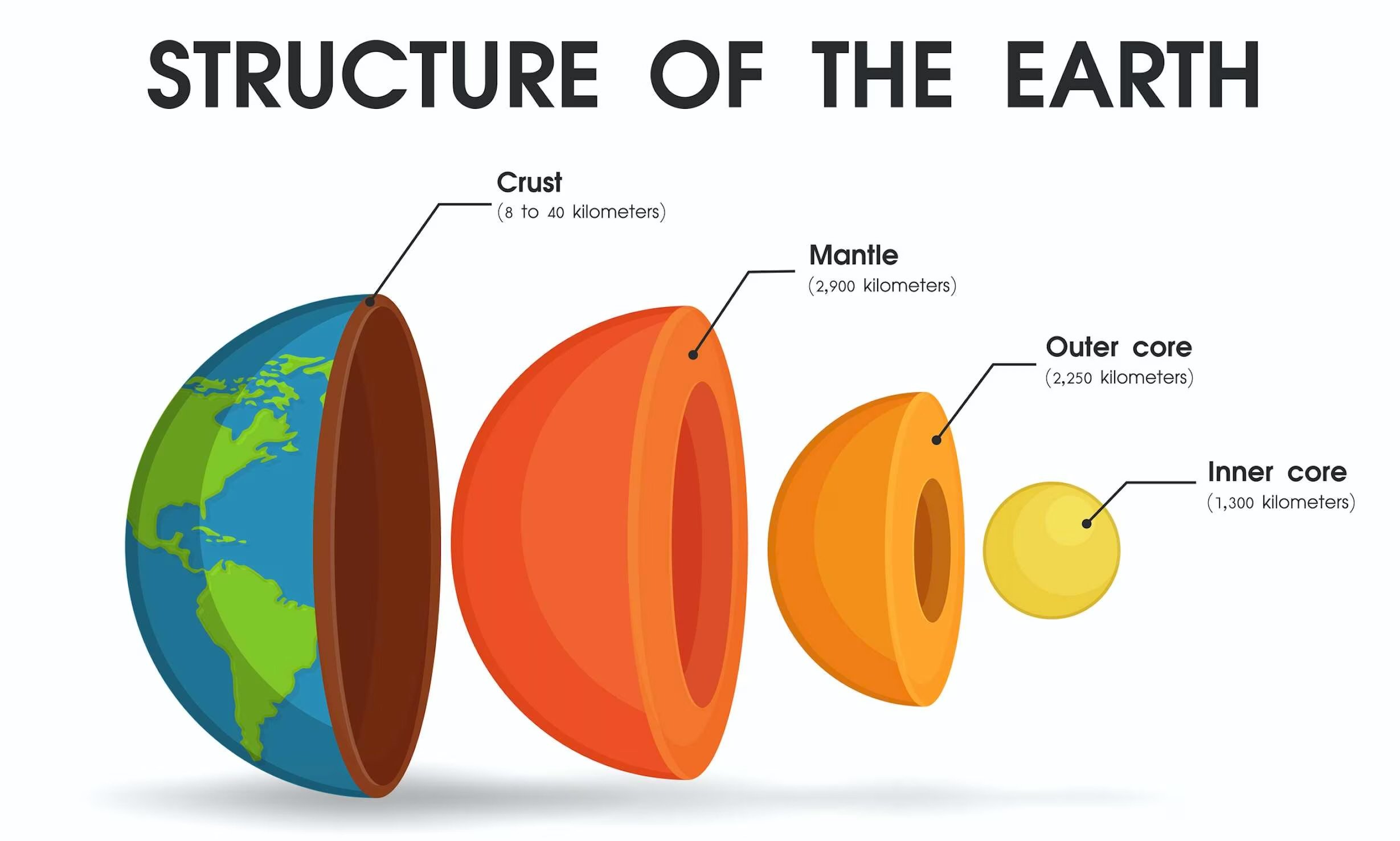
The inner core is primarily iron and nickel. Its exact solidity is still debated.
Potential deformation during rotation could affect speed. The core-mantle boundary may host unexpected features like volcanoes.
Precise Measurements Face Challenges
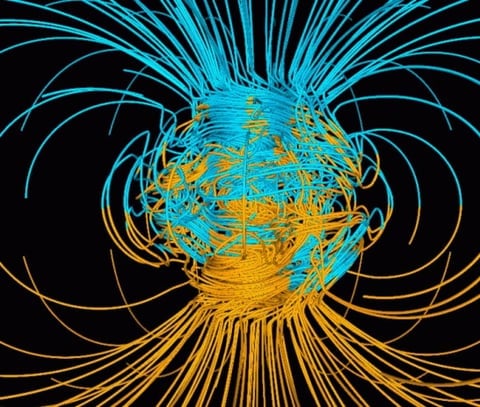
Using paired earthquakes improves measurement precision. This method reduces available data, making analysis challenging.
Researchers need more advanced tools for deeper study. The core’s inaccessibility complicates direct observation.
Rotation’s Impact on Daily Life
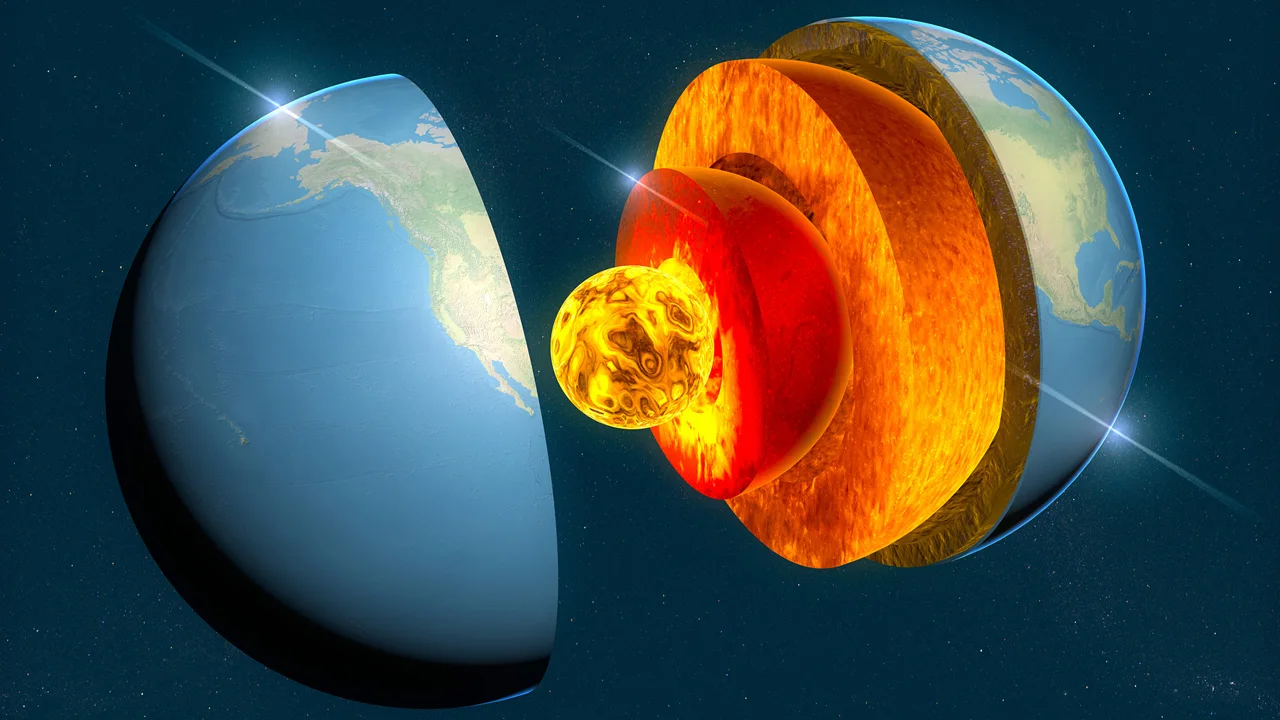
Core rotation changes affect Earth’s overall spin. This can alter day length by thousandths of a second.
Such minor variations are imperceptible to humans. However, they provide crucial data for scientists.


